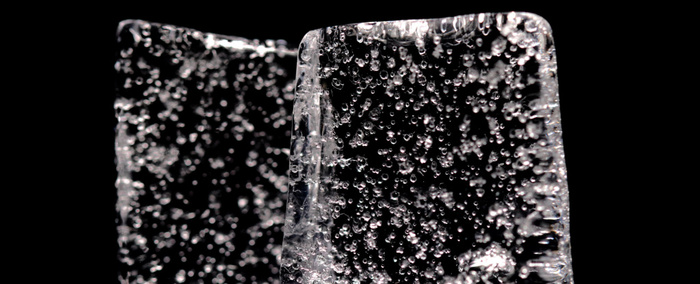Enlarge image
African clawed frog: New leg after 18 months
Photo: blickwinkel / IMAGO
When people lose a limb, scar tissue forms on the wound. It protects against blood loss and infection - but it also prevents further growth. In some animals, tissue regeneration is much more pronounced: the axolotl, a wondrous salamander found only in Mexican lakes, can regenerate entire limbs, organs, and even parts of its brain after loss. And if you cut planaria, a genus of flatworms, in two, two new specimens emerge from the two parts. But it is also possible to artificially create these amazing abilities in animals.
US researchers have now regrown previously amputated hind legs in frogs.
To do this, they applied a drug cocktail to the wound, they report in the journal Science Advances.
In the following year and a half, the animals grew back functional legs.
The scientists at Tufts University and the Wyss Institute at Harvard University used adult clawed frogs (Xenopus laevis) for their experiments.
You can't actually regenerate lost limbs.
If they lose a leg, for example, only a thin thorn grows back.
To test whether a regeneration process can be set in motion, the researchers first removed a hind leg from 115 adult female specimens.
Growth phase of 18 months
A third of the animals received no further treatment, and another third had a silicone cap called a BioDome placed on the stump that contained a silk protein gel. The last third was also equipped with such a bioreactor, but the protein gel also contained five drugs: one reduced inflammation, another inhibited the production of collagen, which would have led to scarring. The rest promoted the growth of nerve fibers, blood vessels and muscles. The BioDome remained on the stumps for 24 hours.
In fact, the brief treatment spurred an 18-month growth streak in both BioDome groups. In the frogs that had been treated with the drug cocktail in particular, the researchers observed significant tissue growth, during which an almost fully functional leg was regenerated. The limbs featured a bone structure similar to that of a natural hind leg. In addition, several toes grew, which, however, contained no bones and also did not develop webs.
On the other hand, the new legs reacted to touch stimuli, and the frogs were also able to swim and move like an intact animal.
"The fact that it only took a brief exposure to the drugs to kick start a months-long regenerative process suggests that frogs, and perhaps other animals, have dormant regenerative abilities that can be activated," comments the first author and neuroscientist Nirosha Murugan in a statement.
Analyzing the underlying mechanisms in more detail, the researchers found that the treatment activated molecular mechanisms known from embryonic development.
Regeneration is only partially successful
For Maximina Yun, research group leader at the Center for Regenerative Therapies Dresden (CRTD), the study represents progress for the entire research area. In view of the missing webs and the incompletely developed bones, however, one can only speak of a partial regeneration: "In view of the observed The functionality of the legs and their sensitivity is already very good," said the scientist who was not involved in the study. According to Yun, the duration and regime of treatment, as well as the exact dose and composition of the drug cocktail, must now be examined more closely in order to promote optimal growth.
When evaluating the experiment, it must be taken into account that although the regenerative capacity of adult clawed frogs is reduced, the animals are still able to a certain extent to replace lost limbs without support - even if in the case of the leg only a spur grows back . Yun explains that other studies have already shed light on certain cellular processes that could lead to the loss of regenerative capacity in adult frogs. It would be important to investigate how the bioreactor affects these processes as well.
The authors of the study are already considering experiments with other animal species, as co-author Michael Levin announces: "Next, we will test how this treatment could be used in mammals." Enables regeneration of arms and legs in humans.
The study with the amputated frog legs looks very martial.
But scientists are hoping for a bigger goal.
Perhaps someday a similar therapy could emerge from such experiments for people who have lost arms or legs.
Only a few years ago, scientists discovered which cell in axolotls is responsible for the mysterious growth.
Humans also have similar structures.
Organ regrowth perhaps possible
However, biologist Yun points out that human limbs are very complex and also very large in relation to the rest of the body: "We cannot yet say whether the procedure described in the study would lead to regrowth of limbs in humans," says Yun, who researches the regeneration ability of salamanders herself.
Even independently of this, the research into super-regenerators - i.e. animals that can regrow complex structures - could, according to the scientist, lead to application in humans: "Even if regrowing arms or legs should prove to be an impossible task, could these findings contribute to therapies that target other organs or structures.
In this respect, this study has great potential.«
joe/dpa









